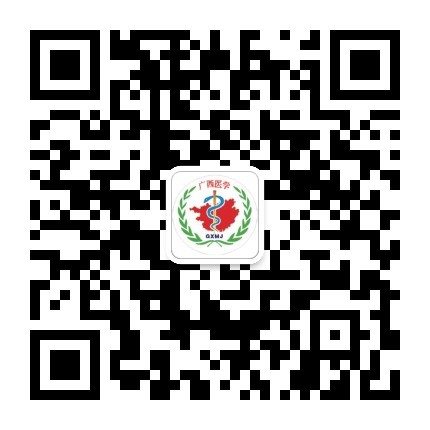目的 探讨马来酸麦角新碱联合葡萄糖酸钙对瘢痕子宫经阴道分娩产妇产后出血的预防效果。方法 选取115例经阴道分娩的瘢痕子宫产妇作为研究对象,将其按照随机数字表法分成对照组58例和观察组57例。两组产妇均给予缩宫素治疗,在此基础上给予对照组葡萄糖酸钙治疗,给予观察组马来酸麦角新碱联合葡萄糖酸钙治疗。比较两组产妇产后出血情况、凝血功能指标[纤维蛋白原(FIB)、活化部分凝血活酶时间(APTT)、凝血酶时间(TT)、凝血酶原时间(PT)]、血红蛋白水平、红细胞计数(RBC)、血清Ca2+浓度、血流动力学指标[平均动脉压(MAP)、心率]及不良反应发生情况。结果 观察组产后出血率低于对照组(P<0.05),观察组产后2 h内、12 h内、24 h内出血量少于对照组(P<0.05)。干预后,两组产妇的FIB、血红蛋白水平,以及RBC较干预前下降,但观察组高于对照组(P<0.05);两组产妇的APTT、TT、PT及MAP、心率较干预前延长或升高,但观察组短于或低于对照组(P<0.05);两组产妇的血清Ca2+浓度较干预前上升,且观察组高于对照组(P<0.05)。两组产妇总不良反应发生率差异无统计学意义(P>0.05)。结论 对瘢痕子宫经阴道分娩产妇产后予以马来酸麦角新碱联合葡萄糖酸钙治疗,可有效预防产后出血,降低产后出血率,改善凝血功能及血流动力学水平,且用药安全性高。
广西医学 页码:1682-1686
作者机构:刘丹,本科,主治医师,研究方向为产科瘢痕子宫诊治相关。
基金信息:陕西省自然科学基础研究计划项目(2022JM⁃585)
- 中文简介
- 英文简介
- 参考文献
Objective To explore the prophylactic effect of ergometrine maleate combined with calcium gluconate on postpartum hemorrhage in women with scarred uterus undergoing vaginal delivery. Methods A total of 115 puerpera with scarred uterus undergoing vaginal delivery were selected as the research subjects, and they were assigned to control group (58 cases) or observation group (57 cases) according to the random number table method. Both groups received oxytocin for treatment, based on which the control group received calcium gluconate for treatment, whereas the observation group received ergometrine maleate combined with calcium gluconate for treatment. The postpartum hemorrhage, coagulation function indices with respect to fibrinogen (FIB), activated partial thromboplastin time (APTT), thrombin time (TT), prothrombin time (PT), and hemoglobin level, red blood cell counts (RBC), serum Ca2+ concentration, hemodynamic indices in terms of mean arterial pressure (MAP), heart rate, as well as the occurrence states of adverse reactions were compared between puerpera of the two groups. Results The observation group exhibited a lower rate of postpartum hemorrhage as compared with the control group (P<0.05). The blooding volumes of the observation group within 2, 12, and 24 hours after delivery were less than those of the control group (P<0.05). After intervention, puerpera of both groups obtained decreased levels of FIB, hemoglobin, and a decreased RBC as compared with before intervention, but the observation group interpreted higher indices as above as compared with the control group (P<0.05); moreover, both groups depicted longer APTT, TT, and PT, and elevated MAP and heart rate as compared with before intervention, but the observation group demonstrated shorter or lower indices as above as compared with the control group (P<0.05), whereas the concentration of serum Ca2+ of both groups was elevated as compared with before intervention, and the observation group was higher than the control group (P<0.05). There was no statistically significant difference in the total incidence rate of adverse reactions between puerpera of both groups (P>0.05). Conclusion Employing ergometrine maleate combined with calcium gluconate for the treatment of puerpera with scarred uterus after vaginal delivery can effectively prevent postpartum hemorrhage, decrease postpartum hemorrhage rate, ameliorate coagulation function and hemodynamic levels, exerting a higher medication safety.
-
无




 注册
注册 忘记密码
忘记密码 忘记用户名
忘记用户名 专家账号密码找回
专家账号密码找回 下载
下载 收藏
收藏
